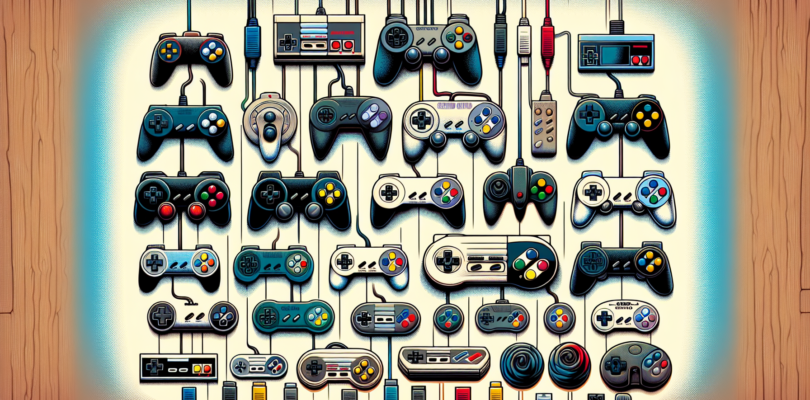The controller grip is an integral part of the gaming experience. It’s the point of contact between the player and the game, and it can make a big difference in how much enjoyment and success a player has. Over the years, the controller grip has evolved significantly, from simple joysticks to complex and ergonomic designs.
The first video game controllers were very basic, consisting of a few buttons and a joystick. The joystick was typically a simple stick that moved in four directions. This type of controller was used for early games such as Pong and Pac-Man.
The D-Pad Revolution
In the early 1980s, the D-pad was introduced. The D-pad is a four-way directional pad that is used to control the movement of a character or object on the screen. The D-pad quickly became the standard controller grip for arcade games and home consoles.
The D-pad was a major improvement over the joystick, as it provided more precise control over movement. This made it ideal for games that required fast and accurate input, such as fighting games and platformers.
The D-pad has remained a popular controller grip for decades, and it is still used in many games today.
The Rise of Analog Sticks
In the mid-1990s, analog sticks were introduced. Analog sticks are two joysticks that can be moved in any direction. This allows for much more precise control over movement than a D-pad.
Analog sticks were initially used for 3D games, as they provided a more natural way to control the movement of a character in a three-dimensional environment.
Analog sticks have become increasingly popular in recent years, and they are now used in most modern video games.
Ergonmoics and Innovation
In the past decade, there has been a growing focus on ergonomics in controller design. Ergonomic controllers are designed to be more comfortable to hold and use for long periods of time.
Some common ergonomic features include padded grips, adjustable angles, and custom button layouts. Ergonomic controllers can help to reduce hand fatigue and strain, which can be a problem for gamers who play for long hours.
In addition to ergonomics, there has also been a lot of innovation in controller design in recent years. New technologies, such as motion controls and haptic feedback, are being used to create more immersive and engaging gaming experiences.
The evolution of the controller grip is a reflection of the ever-changing landscape of the video game industry. As new technologies emerge and new games are developed, the controller grip will continue to adapt and evolve to meet the needs of gamers.





